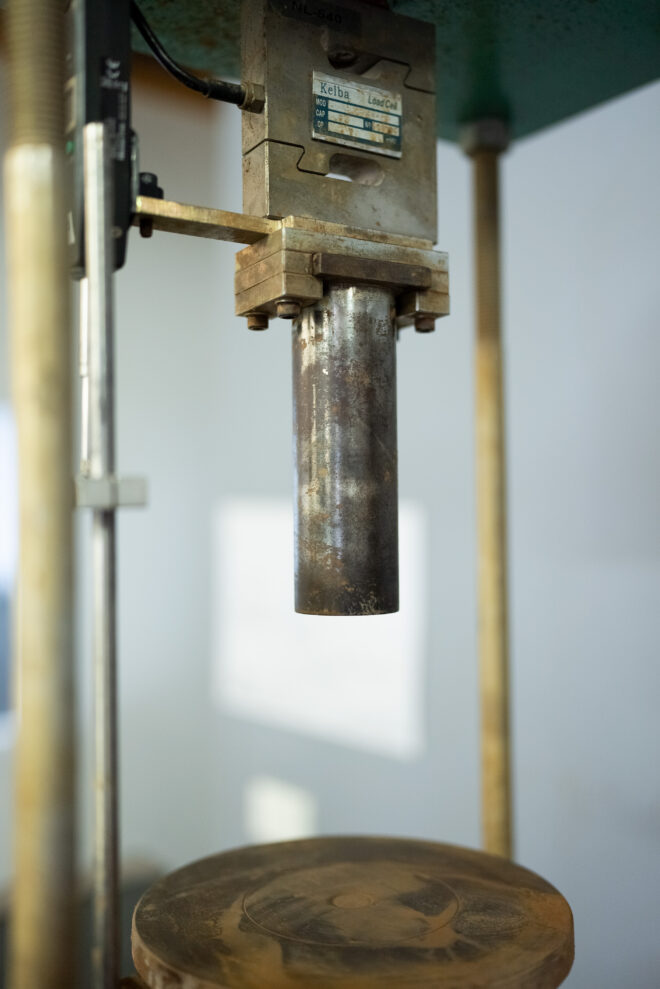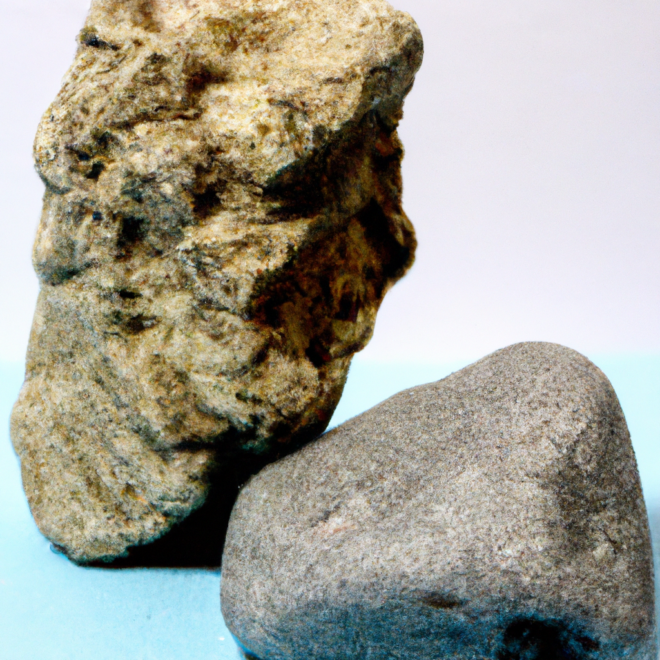Rock mechanics involves the study of the response of rock materials to the forces that act on them, such as stresses and strains, as well as the factors that affect the strength and deformation of rock materials.
Understanding the behaviour of rocks is important in construction because it allows engineers and contractors to design and build structures that are appropriate for the specific rock conditions at a given site, be it for civil or mining purposes.
Why would I need a rock mechanics engineer for my project?
A rock mechanics engineer is a specialised type of engineer who has expertise in the mechanical behaviour of rocks and the design of structures built on or in rock. If your project involves construction on or in rock, a rock engineer can help to ensure that the project is designed and built in a safe and effective manner. For example, a rock engineer can help to evaluate the geologic conditions at the project site, identify potential risks and hazards, and recommend appropriate design and construction techniques to mitigate those risks. They can also provide expert advice on the use of specialised equipment and techniques for drilling, blasting, ripping, rock hammering, cutting and other rock-related operations. In general, a rock engineer can help to ensure that your project is completed successfully and safely, and that it is built to withstand the forces that will act on it over time.

Key industries
Rock mechanics is particularly important in mining and tunnelling.
In the mining industry, it is used to understand the behaviour of rocks in the subsurface, and to design safe and efficient methods for excavating and extracting minerals. For example, rock mechanics can help to predict how rocks will respond to drilling, blasting and tunnel and shaft boring, and can be used to design safe and effective support systems for deep excavations, open cuts, tunnels and ventilation shafts.

In tunnelling, rock mechanics is also critical for the design and construction of tunnels and shafts. It is used to evaluate the geologic conditions along the tunnel or shaft alignment, and to determine the appropriate excavation method, such as drilling and blasting, tunnel boring with tunnel boring machines (TBM), roadheaders, blind boring or raise boring and support system for the specific rock conditions. For example, rock mechanics can help to predict the stability of the rock surrounding the tunnel and can be used to design support systems that will prevent the tunnel from collapsing or deforming.
What is rock mass classification?
Rock mass classification is a system that organises rock into classes based on their characteristics. It provides a consistent and standardised method for characterising the physical and mechanical properties of rocks. This is important because the strength and deformation behaviour of rocks can vary widely, depending on factors such as their composition, structure, and the geologic conditions under which they formed. By classifying rock masses using a standardised system, engineers and geologists can better predict the behaviour of rocks and design structures that are appropriate for the specific rock conditions at a given site.

How to assess rock characteristics
There are several ways that engineers can test the characteristics of rocks. Common methods include:
- Compression testing: This involves applying a compressive force to a rock sample and measuring how much it deforms or fractures under the applied force. This can provide information about the rock’s strength and stiffness.
- Tension testing: This involves applying a tensile force to a rock sample and measuring how much it stretches or fractures under the applied force. This can provide information about the rock’s ductility and toughness.
- Indirect testing: In some cases, engineers may not have access to a rock sample, or the sample may be too large to test directly. In these cases, they can use indirect methods to estimate the rock’s characteristics. For example, they may use borehole logs or geophysical surveys to infer the rock’s composition and structure, or they may use statistical methods to analyse the results of past rock-related projects to predict the behaviour of the rock at a given site.
Overall, the specific methods used to test rock characteristics will depend on the type of rock being tested, the available data, and the specific engineering objectives of the project.
Meet some of Douglas Partners‘ key Engineering Geologists and Consultants here.

